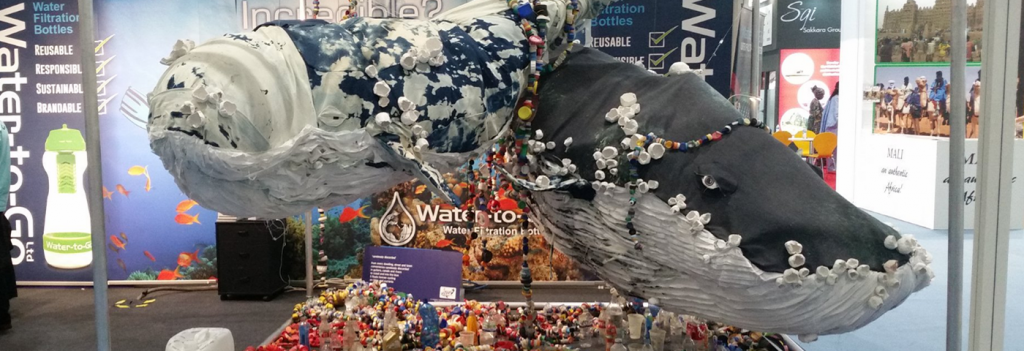It is a kind of pollution. There are of course several contenders. Carbon emissions and consequent global warming, soil degradation, overpopulation, biodiversity and plastics. It is not easy to decide between these environmental threats to our existence. Moreover, as I write this a major city is again facing the prospect of the taps running dry. Last year Sao Paulo very nearly ran out of water. In March 2017, 872 cities across Brazil were placed by the federal government under a state of emergency on account of a long period of drought. It rained just in time to avoid the worst. This year Cape Town faces a crisis. Helen Zille writes “We WILL run out of water by the end of April unless everyone reduces their water usage to less than 50 litres per person per day” and “according to the City’s current plan, most of Cape Town’s 4-million citizens will have to fetch water from a PoD. The maximum allocation will be 25 litres per person per day.” Unless of course, it rains.
However, as widespread and acute as the problems of water supply, soil degradation and biodiversity loss are, they differ from greenhouse gas emissions and plastic pollution in one important respect. The effects are mostly local, except in so far as water supply, soil degradation and biodiversity loss contribute to, or exacerbate climate change. As Zille wrote “the SA Weather service told us bluntly: We cannot predict whether or when rain will come. Previous forecasting models have proved useless in the era of climate change.”
Greenhouse gas emission and plastics have two things in common – they are humanmade forms of pollution which once unleashed into the environment take decades to degrade and they do not respect national boundaries. There is one big difference – we can see the plastic on our beaches and in the guts of fish. If only Al Gore’s ‘An Inconvenient Truth’ had been able to enable viewers to “see” the concentration of CO2 in our common atmospheres. The Carbon Quilt is one effort, but it doesn’t really cut it.
You may remember the advice given to Ben in ‘The Graduate “There is a great future in plastics.”’ Indeed there was. Since 1967 9.1bnt have been manufactured, 6.3bnt have been turned to waste. A mere 9% has been recycled, 12% has been incinerated (more greenhouse gases), and 79% is accumulating, much of it in gyros in our oceans. The science is clear, plastics are, after carbon, arguably our number one environmental threat. What can those of us in tourism do to address the problem? There is an alternative. Refuse Single Use Plastic.
David Attenborough’s final episode of Blue Planet II raised awareness of the poison of plastic pollution and stirred people to action. The UK’s environment secretary, Michael Gove, has said he was “haunted” by images of the damage done to the world’s oceans. In December, the same month as the final episode of Blue Planet II, the Chinese government announced that they would accept no more imports of plastic waste. Analysis of customs data by Greenpeace revealed that British companies had shipped more than 2.7m tonnes of plastic waste to China and Hong Kong since 2012 – two-thirds of the UK’s total waste plastic exports. In January, the British prime minister pledged to eliminate avoidable plastic waste – that which it is “technologically, environmentally and economically practical” to do so – by 2042.
The tourism industry could do better than that. It already is:
Balearic Islands to ban plastic by 2020 in bid to clean its beaches
Ullapool has banned plastic straws
Kenya plastic bag ban comes into force
Plastic straws and stirrers have been banned across Pernod Ricard and Diageo’s entire business
CGH Earth Hotels bottle and serve purified rainwater in glass bottles that can be reused.
Moreover, complaints about plastic are occulting on TripAdvisor: Bristol, London, Gran Canaria, Nusa Dua, Nosy Iranja, Bang Saray Beach…



